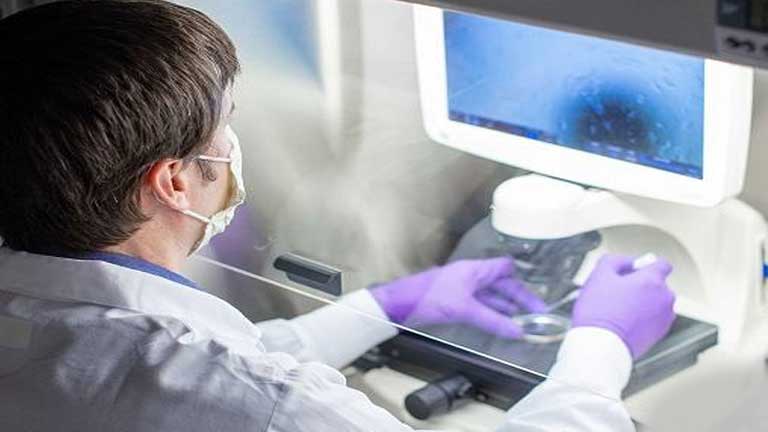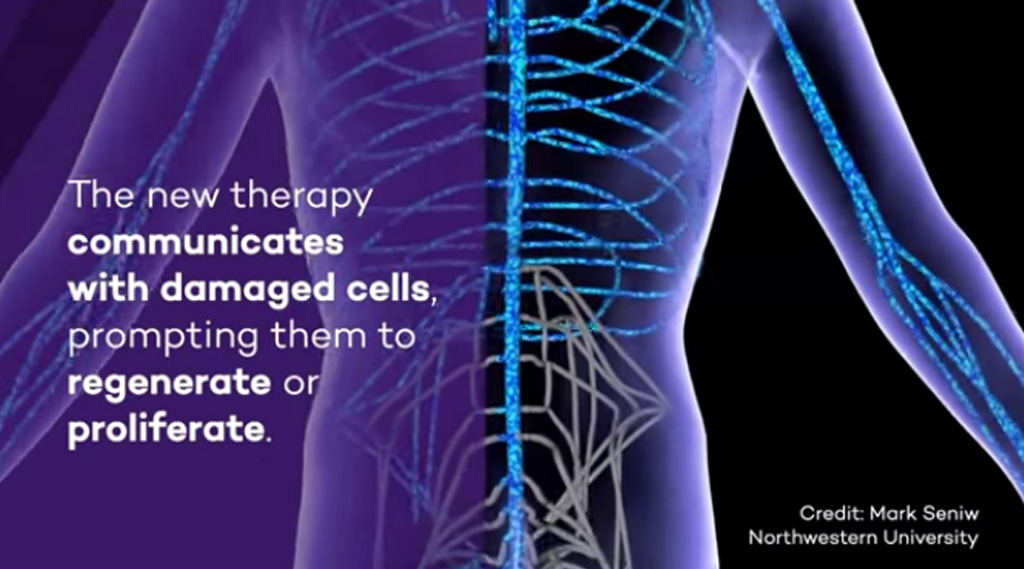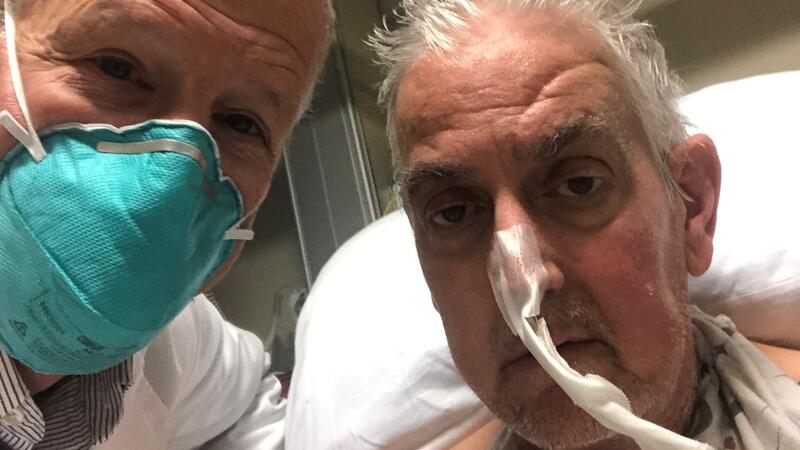Researchers have developed a tiny, 3D-printed cell “cradle” to boost IVF success, with the treatment of cancer, diabetes, cystic fibrosis and spinal cord injury also advanced by the invention.
By Lynne Minion – HealthcareITNews
A tiny new medical device has been developed by Australian researchers that will transform the only fertility treatment procedure available for men with low sperm counts, with implications for the success of IVF and beyond into regenerative medicine.
A research team led by the University of Adelaide, in partnership with medical technology company Fertilis, has created the groundbreaking technology that allows injection of a single sperm into an egg for fertilisation with greater ease and accuracy, according to an article in the Journal of Assisted Reproduction and Genetics.
WHY IT MATTERS
Until now, Intracytoplasmic Sperm Injection (ICSI) has been a slow and difficult procedure only able to be carried out by experienced embryologists. But the new 3D-printed petri dish technology, which is smaller than a pinhead, recreates an embryo’s natural environment, and allows for the process to be automated to reduce human contact and error.
The innovation – the culmination of 40 years of IVF research and backed by investors behind Spotify and Zoom – will cut treatment time in half and improve access to ICSI for more patients.




